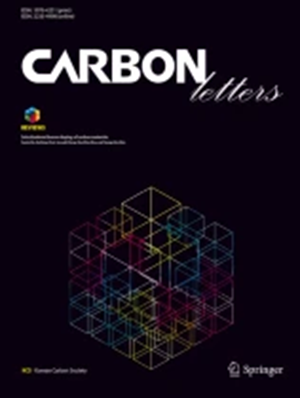Upgrading polypropylene waste into laser-induced graphene in a vacuum environment: a simulation study
Abstract
Polypropylene waste significantly contributes to environmental pollution due to its low biodegradability. Numerous experiments have shown that laser irradiation of polymers can lead to the conversion of laser-induced graphene (LIG). In this paper, the LIG formation process in polypropylene (PP), polydimethylsiloxane (PDMS), and polypropylene/polydimethylsiloxane (PP/PDMS) systems in a vacuum environment was simulated using molecular dynamics. The LIG yields and carbon network sizes of the systems in oxygen and vacuum environments at different temperatures were analyzed to determine the optimal temperature for upgrading PP to LIG. It was observed in all three systems that the LIG structure was formed. The structure was composed not only of six-membered carbon rings, but also of five-membered and seven-membered rings, resulting in out-of-plane fluctuations and bending. A vacuum environment and high temperature promote LIG formation with high yield, large size, and minimal defects. The current study provides theoretical guidance for optimizing the laser graphene process for PP assisted with PDMS in a vacuum environment and helps to understand the mechanism underlying the conversion from polyolefins to graphene under CO2 laser at the atomic level.


 求助内容:
求助内容: 应助结果提醒方式:
应助结果提醒方式:


